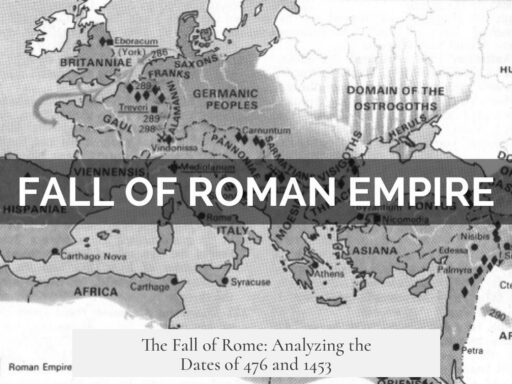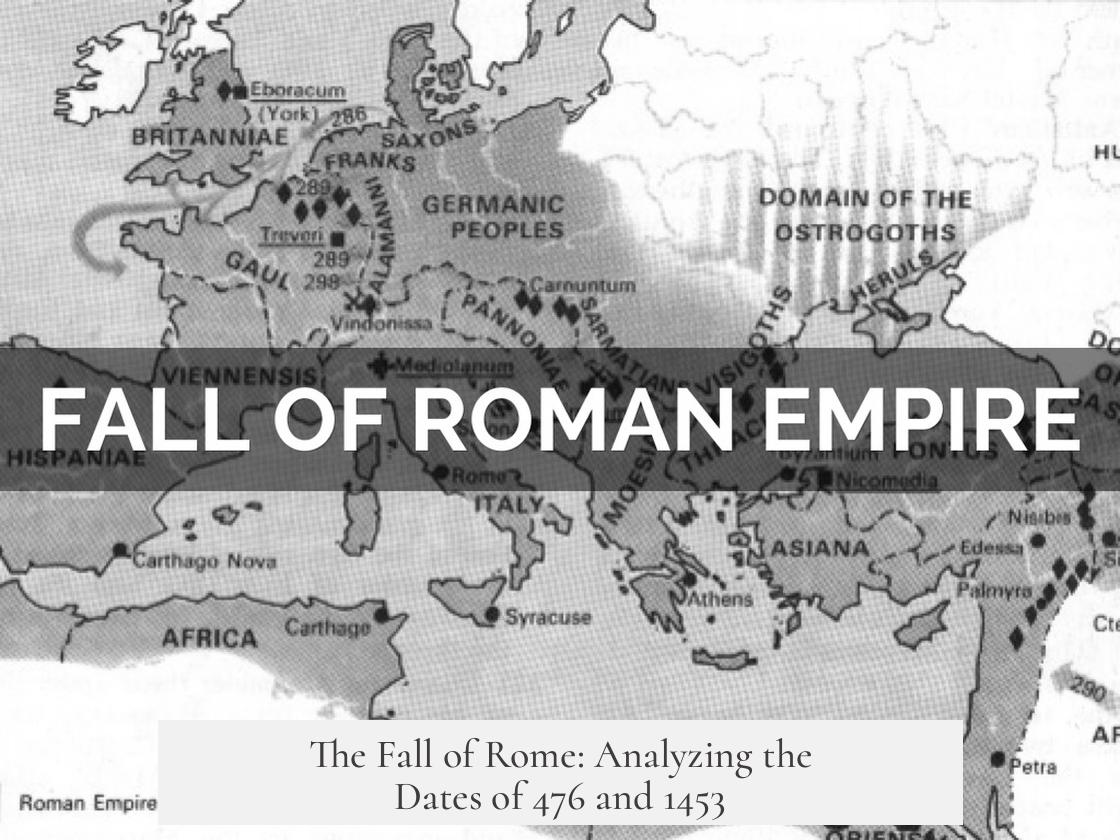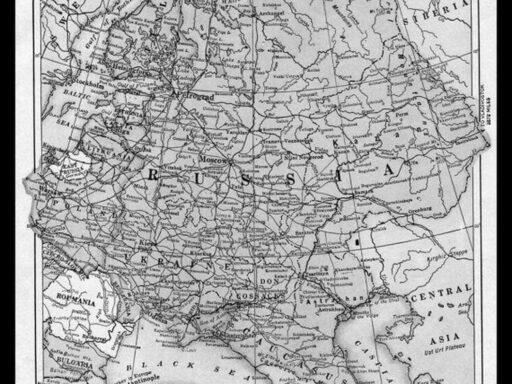Rome did not fall in a simple, single event; its decline and transformation spanned centuries, involving different regions and polities. The year 476 AD marks the fall of the Western Roman Empire when its last emperor was deposed. However, the Eastern Roman Empire, commonly called the Byzantine Empire, survived and maintained Roman political, cultural, and administrative traditions until the fall of Constantinople in 1453 AD.
This complex historical reality means that the question “Did Rome fall in 476 or 1453?” depends on what one considers as “Rome”—the whole Roman Empire or just the Western half—and what constitutes a “fall.”
The year 476 AD is often used as a symbolic date for the fall of Rome because that is when Romulus Augustulus, considered the last emperor of the Western Roman Empire, was overthrown by the Germanic chieftain Odoacer. This event effectively ended native Roman imperial rule in the West. However, it did not mean the immediate disappearance of Roman culture, law, or administrative systems in those western territories. Moreover, the Eastern Roman Empire, with its capital at Constantinople, continued to exist, viewing itself as the Roman state.
- The Eastern Romans, or Byzantines, called themselves Rhomaioi (Romans), continuing the Roman tradition both in legal and cultural identity.
- They maintained an unbroken chain of emperors tracing their legitimacy to the original Roman Empire.
- Administratively and economically, Constantinople’s system—including tax collection and grain distribution—showed continuity from ancient Rome.
The location of the capital—first Rome, then Milan, Ravenna, and finally Constantinople—did not signify the empire’s end. Shifting capitals reflected political and strategic changes but did not end the Roman state structure. Even as the Western court left Rome centuries before 476, the Eastern empire retained Roman bureaucracy, culture, and imperial authority.
Over the centuries, the nature of this empire evolved. By 1000 AD, the Empire was Greek-speaking under emperors like Basil II, different in language and some customs from the Latin-speaking empire under Justinian I in the 6th century or the Dominate era under Diocletian in the 3rd century. This progression reflects transformation, not instantaneous collapse.
Historians often use 476 as a convenient marker to distinguish the “Fall of the Western Roman Empire” because it ends a particular imperial line in the West. However, this does not mark the fall of Rome in a full sense, as the Eastern Roman Empire preserved Roman identity for nearly a millennium afterwards. The Eastern emperors even attempted to reconquer lost Western territories in subsequent centuries.
The fall of Constantinople in 1453 AD to the Ottoman Turks is often considered the definitive end of the Roman state, as it terminated the last political entity that identified as Roman and directly descended from the Roman Empire. With this event, the Byzantine Empire ceased to exist as an independent Roman political entity.
| Year | Event | Significance |
|---|---|---|
| 476 AD | Deposition of Romulus Augustulus | End of Western Roman imperial line; symbolic fall of Western Roman Empire |
| 1453 AD | Fall of Constantinople | End of the Eastern Roman (Byzantine) Empire; collapse of all surviving Roman political authority |
In summary, asserting a single date as the “fall of Rome” oversimplifies a gradual process. Rome’s influence, culture, and political institutions transformed rather than vanished abruptly. The Western Roman Empire ended in 476, but the Eastern Roman Empire maintained Roman traditions until 1453. This extended continuity challenges the idea that Rome fell at a single moment.
- 476 AD marks the fall of the Western Roman Empire’s last emperor and political control in the West.
- The Eastern Roman Empire, or Byzantine Empire, continued Roman traditions, governance, and identity.
- Capital movement away from Rome did not equal the empire’s fall.
- The Byzantine Empire lasted until the Ottoman conquest of Constantinople in 1453.
- Choosing a “fall” date depends on which part of the Roman legacy one prioritizes.
When did Rome actually fall: 476 or 1453?
Rome’s fall depends on perspective. 476 marks the end of the Western Empire’s imperial line. However, the Eastern Roman Empire, known as Byzantium, kept existing with Roman institutions until 1453.
Why is 476 AD considered the fall of Rome?
476 AD is when the last Western Roman emperor lost power. This ended one branch of Roman rulers, making it a useful historical marker for the Western Empire’s collapse.
Did the Roman Empire continue after 476 AD?
Yes. The Eastern Roman Empire (Byzantine Empire) continued for nearly a millennium after 476. It preserved Roman laws, culture, and political systems until Constantinople fell in 1453.
Was Constantinople considered part of the Roman Empire?
Yes, inhabitants of Constantinople called themselves ‘Romans.’ Their government, culture, and identity were Roman, despite speaking Greek and being geographically in the East.
Why is 1453 significant in Rome’s history?
1453 marks the fall of Constantinople to the Ottoman Turks. This event ended the Eastern Roman Empire, often seen as the final end of the Roman state and its continuous legacy.




